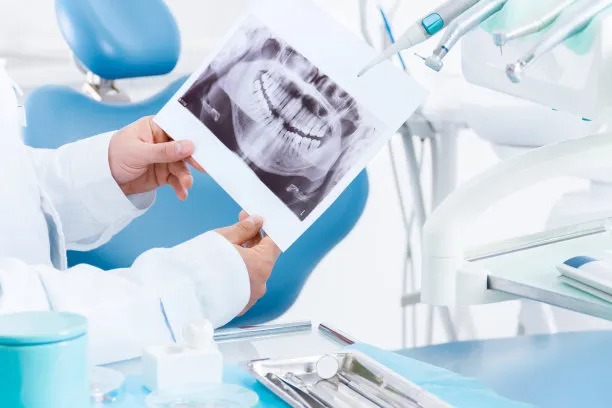The Essential Guide to Preparing for Your Tooth Extraction Procedure and Post-Operative Care
Summary: Preparing for a tooth extraction and understanding the subsequent post-operative care is imperative for a smooth and comfortable recovery. This guide will navigate through essential pre-operative steps, insightful insights about the extraction procedure itself, tips for post-operative care, and important signs to monitor during recovery. By following these guidelines, patients can ensure both physical preparedness and peace of mind ahead of their dental procedure. The overall goal is to enhance recovery experiences while minimizing discomfort and complications.
1. Essential Pre-Operative Preparations

Before undergoing a tooth extraction, patients should meet with their dental healthcare provider to discuss their medical history. This step is crucial as it allows the dentist to tailor the anesthesia and surgical approach to the patients specific needs. Any pre-existing conditions or medications must be disclosed to prevent possible complications.
Patients should also receive clear instructions regarding food and drink prior to surgery. Typically, patients are advised to fast for at least six hours before the procedure, especially if undergoing sedation. Knowing what to avoid will help mitigate any surprises on the day of the extraction and minimize nausea or discomfort after the procedure.
Lastly, it’s essential to arrange for transportation to and from the dental office, particularly if sedation is involved. Having someone accompany you provides reassurance as well as practical support, allowing you to focus entirely on recuperation following the extraction.
2. Understanding the Extraction Procedure
The tooth extraction process begins with a thorough examination by the dentist or oral surgeon. X-rays may be taken to evaluate the tooths position and to plan the extraction carefully. Knowing what to expect helps relieve patient anxiety and sets realistic recovery expectations.
During the procedure, local anesthesia is usually administered to numb the area around the tooth being extracted. For those requiring more extensive surgery or who are particularly anxious, sedation options may be provided. Understanding the role of anesthesia helps individuals feel more secure throughout the process.
Once the tooth is extracted, the dentist will provide gauze for patients to bite down on in order to minimize bleeding. This initial post-extraction care is crucial, and patients should adhere to these instructions to ensure optimal healing. Recognizing the importance of following initial care guidelines can significantly influence recovery speed and comfort.
3. Important Post-Operative Care Tips
Effective post-operative care is paramount for minimizing complications after a tooth extraction. Patients are advised to continue applying gentle pressure with gauze for several hours after leaving the dental office, as this helps promote blood clot formation at the extraction site. This is an essential step in preventing dry socket, a painful condition that can arise due to a lost blood clot.
Managing pain is another critical aspect of recovery. Dentists typically prescribe or recommend over-the-counter pain relief medications to help manage discomfort. Adhering to these recommendations for medication allows for a more comfortable recovery period.
Moreover, patients should be mindful of their diet following the procedure. Soft foods like yogurt, mashed potatoes, or smoothies are ideal for the first few days. It is crucial to avoid hard, crunchy, or spicy foods that could irritate the extraction site and prolong recovery.
4. Signs of Complications to Monitor
After a tooth extraction, monitoring for any signs of complications is essential. Patients should be watchful for excessive bleeding beyond what is typical, as well as increased swelling or bruising that may suggest an issue. Recognizing these symptoms early can lead to quicker resolution and prevent serious complications.
Additionally, individuals should be alert to any signs of infection, which may include increasing pain, fever, or any unusual discharge from the extraction site. Any unusual changes should prompt immediate contact with a dental professional to ensure timely intervention.
Lastly, following up with the dentist for a check-up is often necessary to ensure the extraction site is healing properly. Regular post-operative consultations help in catching any potential complications early, resulting in optimal recovery.
Summary:
In conclusion, effective preparation for a tooth extraction, an understanding of the procedure itself, attentive post-operative care, and awareness of potential complications are all essential for a smooth dental recovery. Patients who approach the extraction with knowledge and preparedness are more likely to experience positive outcomes and less discomfort. Taking these steps enhances the entire experience and fosters better dental health moving forward.
This article is compiled by Vickong Dental and the content is for reference only.



